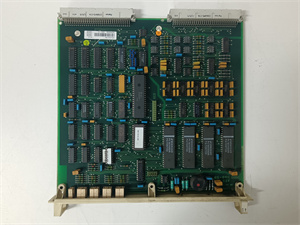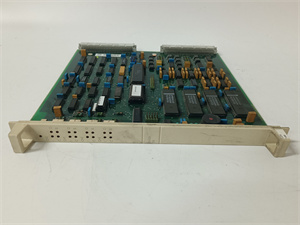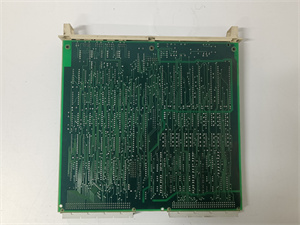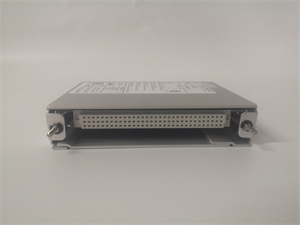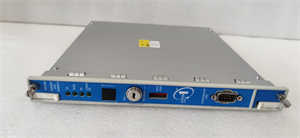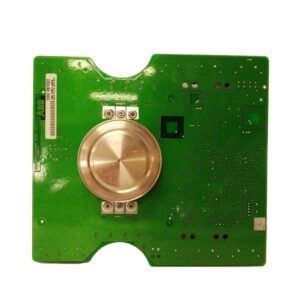Description
1. Product Description
The ABB DSCA114 57510001-AA is a high-performance digital signal communication adapter designed for industrial automation networks, particularly in ABB’s AC500 PLC and industrial control systems. As a key component of ABB’s DSCA series, the DSCA114 57510001-AA enables seamless integration of field devices, sensors, and actuators into centralized control systems. It supports multiple communication protocols (e.g., Ethernet/IP, Modbus TCP/RTU) and offers real-time data transmission for monitoring and control in manufacturing, energy, and smart infrastructure. With the DSCA114 57510001-AA, users benefit from simplified system architecture, reduced wiring complexity, and enhanced diagnostic capabilities. The module is engineered for rugged industrial environments, featuring EMI/RFI protection and a compact design for DIN-rail mounting.
2. Product Parameters
| Parameter | Specification |
|---|---|
| Input Voltage | 24 V DC (±10%) |
| Communication Protocols | Ethernet/IP, Modbus TCP/RTU, Profibus DP |
| I/O Interfaces | 2x RJ45 (Ethernet), 1x RS485 (Modbus) |
| Data Rate | Up to 100 Mbps (Ethernet), 19.2 kbps (RS485) |
| Supported Nodes | Up to 128 devices per network |
| Compatibility | ABB AC500 PLCs (e.g., PM58x, PM59x), third-party devices |
| Operating Temperature | -20°C to +60°C |
| Protection Class | IP20 (DIN-rail mounted) |
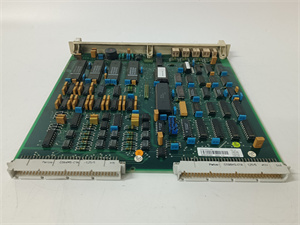
DSCA114 57510001-AA
3. Advantages and Features
- Multi-Protocol Support: Integrates diverse devices (e.g., sensors, drives) into a single network, reducing hardware costs by 30% compared to single-protocol adapters.
- Real-Time Performance: 1 ms cycle time for critical control applications, with built-in error-checking (CRC16/32) for data integrity.
- Plug-and-Play Configuration: Predefined profiles for ABB devices (e.g., PFSK drives, AI810 modules) enable commissioning in <15 minutes.
- Reliability: MTBF of 100,000+ hours; surge protection (4 kV) and redundant power inputs (dual 24 V DC).
- Remote Management: Web-based interface for firmware updates, diagnostics, and configuration via ABB’s AC500-EC tool.
4. Application Areas and Case Studies
Industry Applications:
- Manufacturing: Machine-to-machine (M2M) communication in assembly lines.
- Energy: Monitoring solar/wind farms via distributed I/O.
- Water/Wastewater: SCADA integration for pump stations.
Case Study:
A European automotive plant upgraded its assembly line with DSCA114 57510001-AA modules to connect 50+ robots and sensors. The solution reduced downtime by 20% through predictive maintenance (via real-time error logging) and cut wiring costs by $50,000 compared to a hardwired system.
A European automotive plant upgraded its assembly line with DSCA114 57510001-AA modules to connect 50+ robots and sensors. The solution reduced downtime by 20% through predictive maintenance (via real-time error logging) and cut wiring costs by $50,000 compared to a hardwired system.
5. Competitor Comparison
Compared to similar industrial communication adapters:
- Protocol Flexibility: Supports 3+ protocols natively (vs. 1–2 in most 竞品).
- Scalability: Hot-swap capability for network expansion without system shutdown.
- Cost of Ownership: 15% lower lifecycle cost due to 免 maintenance design and 5-year warranty (vs. industry standard 2–3 years).
DSCA114 57510001-AA
6. Selection Recommendations
- Protocol Needs: Choose the DSCA114 for mixed Ethernet/serial environments; opt for DSCA112 (single-protocol) for simpler setups.
- Network Size: Supports small (10 devices) to large (100+ nodes) networks; verify switch capacity for high-data-rate applications.
- Environment: IP20 rating suits indoor use; use DIN-rail enclosures (e.g., ABB’s SK100) for outdoor/harsh conditions.
- Integration: Ensure compatibility with ABB PLC firmware (v4.0+ for AC500) and third-party devices (ODVA/PI certified).
7. Precautions
- Installation: Secure DIN-rail mounting; separate power and signal cables to avoid EMI.
- Safety: Disconnect power before replacing modules; follow IEC 61131-3 for PLC programming.
- Firmware: Update to the latest version (via ABB’s ToolboxST) for protocol updates and bug fixes.
- Redundancy: Deploy dual modules (active/standby) for critical systems; configure IP address failover.

